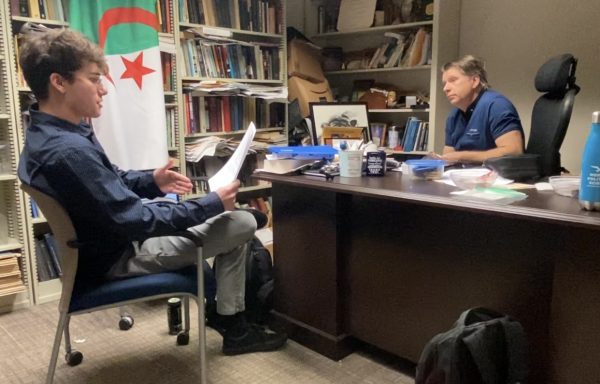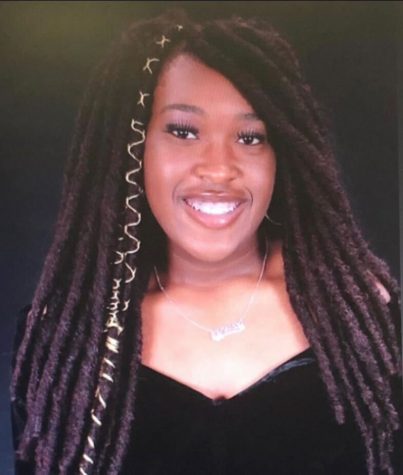Letter to the Editor: Menstrual Cups
November 16, 2020
Periods, tampons, and menstruation. Do I have your attention now? Did reading any of those words make you blush or feel uncomfortable at all? That’s because the female reproductive system is stigmatized by society which prevents us from talking about it openly.
I think every woman reading this has experienced the sudden hushed voice of a friend when she speaks of her period cramps, or the involuntary blush when she tries to make up an excuse around men about why she can’t go swimming this week. It is honestly ridiculous. Menstruation is an essential bodily process that is just as normal as digestion and respiration. But we don’t think of breathing as being unspeakable of or digestion as disgusting. Society has a maddening set of nonsensical rules about how we should behave and what we we can talk about.
As a consequence of these “unspeakable topics”, women are often ill-informed about new information discoveries made about their health. Every day this world makes new creations and discoveries, but if we don’t speak of them, no one will ever know about them.
One such creation was that of the menstrual cup. The first menstrual cup was invented in 1937, and yet, I had never even heard of it until I was almost 20 years old. Why? Because we don’t speak of “such things”. When I did learn about the menstrual cup, I was amazed. A menstrual cup is a cup-shaped object made of medical-grade biodegradable silicone that is used like a tampon to capture menstrual blood. There are many more benefits to using a menstrual cup than using a tampon. One is that you can leave a menstrual cup in your body for up to 12 hours. That means no more having to plan your day accordingly to change out your tampon every 4-8 hours so you don’t die of toxic shock syndrome. One menstrual cup can also be used for years which saves you a lot of money you would have spent on period products with the initial cost of a menstrual cup usually being between $30 and $70 dollars. A box of tampons costs about $7, and multiply that by every month, it ends up being a lot more expensive. Another benefit is that menstrual cups are environmentally friendly unlike tampons and pads which cannot be recycled. Menstrual cups are also FDA registered, so they are as safe to use as disposable tampons and pads.
So, why has most of society not yet progressed to the menstrual cup even though it has been around for almost a century? It is those maddening nonsensical rules created by a patriarchal society a long time ago that the female reproductive system is gross, sinful, dirty, and something that women should be ashamed of. By conforming to these rules of society we are actively participating in this problem. And this ends up leaving women uninformed about their bodies which is, honestly, very dangerous. It is illogical because society has made a negative association with an essential biological process.
How do we stop this nonsensical system? By actively defying it. I encourage women to see their reproductive system not as something to be ashamed of, but just as normal and essential as breathing and digesting. The only thing gross, sinful, and dirty about the female reproductive system is our perception of it. Perceptions can change. The female reproductive system cannot. Why should we be made to feel uncomfortable talking about an essential bodily system?
















Ursula Sterling • Nov 16, 2020 at 11:58 am
Dear Ms. Wiggill,
As a 69 year old non-traditional student I applaud you!
This is information that young women need.
With Sincere Regards,
Ursula Sterling